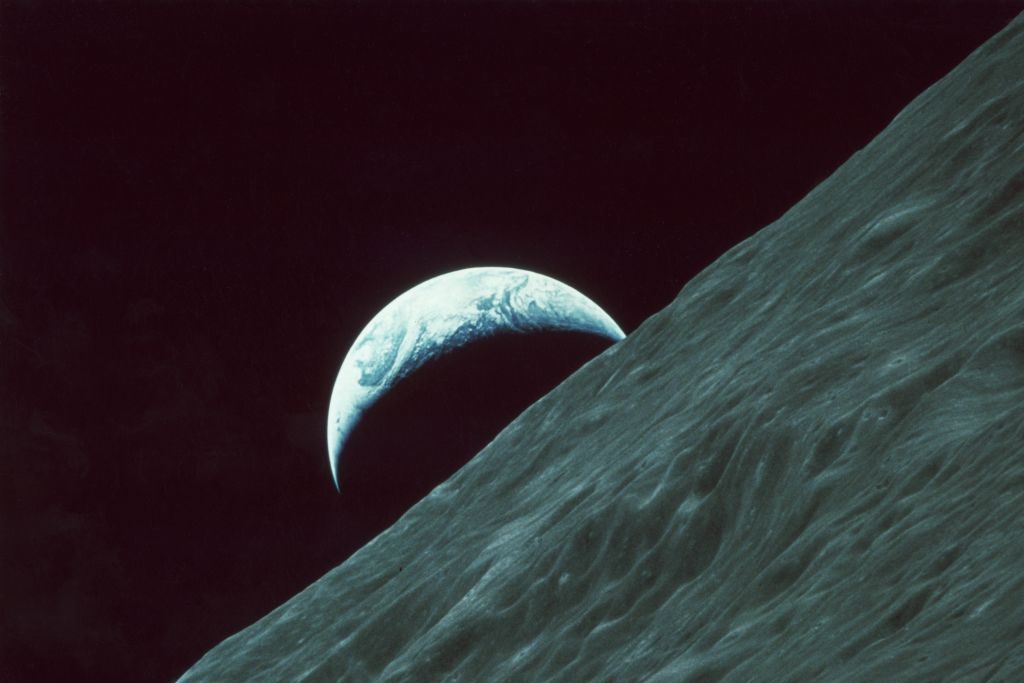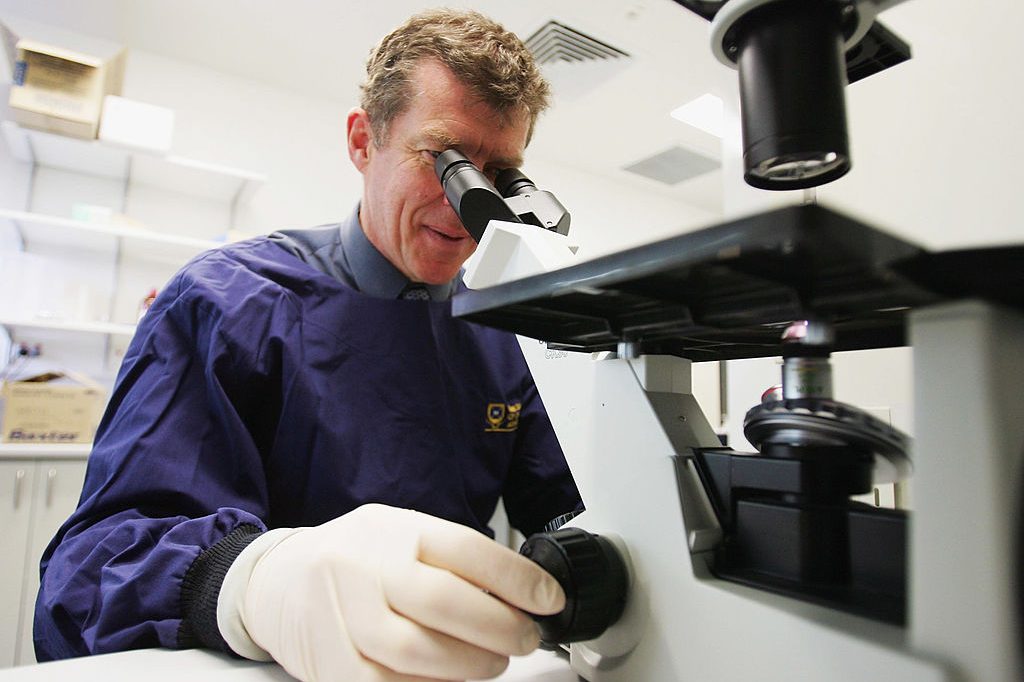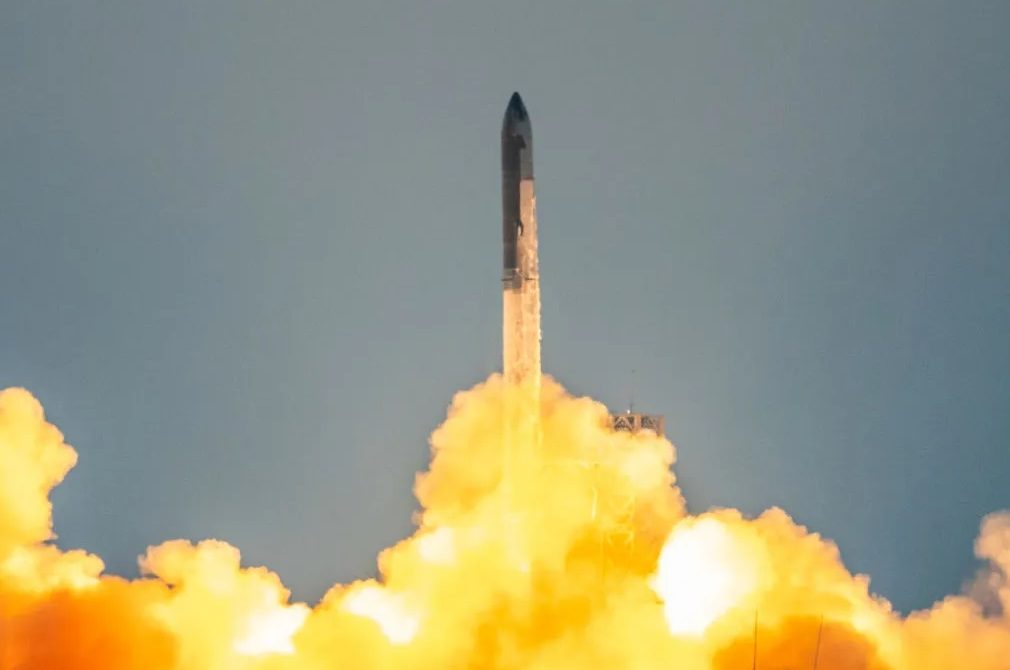Science began in the skies. Just after sunset, to be exact, on the evening of November 11, 1572 when a young Danish nobleman, Tycho Brahe, raised his eyes to the night sky. There, above his head, a star was shining brighter than all the rest – a new star that should not have been.
Brahe thought he was mistaken, that his eyes were playing tricks on him, but others confirmed what he saw. And yet, according to the reigning theory, derived from Aristotle, there could be no change in the eternal heavens. Surely then this object could not be a star. It must be an anomaly in the upper atmosphere, closer to the Earth, within terrestrial realms. But Brahe got to work. Using trigonometry and observations, he found that the impossible had indeed occurred. The radiant object could not be in the upper atmosphere, but must be far beyond the Moon, deep in the heavens. Two thousand years of Aristotelian scholarship was wrong. The scientific revolution had begun.
The dazzling anomaly Brahe saw turned out to be not a new star but the death of an old one, when a white dwarf exploded into a supernova. We have learned much since Brahe first looked up to the night sky. Five hundred years ago may seem distant, but the age of discovery is still in its infancy. The last week of October brought yet another mystery to the skies above.
On October 29, an unusual interstellar object named 3I/ATLAS reached the closest point it would come to our Sun before drifting out of the solar system. Discovered on July 1 by the ATLAS telescope in Chile, it’s called 3I because it’s only the third interstellar object we’ve ever seen, and like Brahe, astrophysicists are scratching their heads at its peculiar features.
To begin with, it’s moving incredibly quickly. Comets are typically born in the Oort cloud, that frozen spherical halo of cosmic debris surrounding Earth’s solar system. Small perturbations can knock one of these icy rocks out of its distant orbit, kicking it down into the well of the solar system. Like a snowball that begins its fall with a nudge, comets have a low initial velocity and gather speed the closer to the Sun they get. But our surprise visitor is moving through the solar system with a velocity too alien in its haste to be a typical comet.
It is also surprisingly massive. It is at least a thousand times more massive than previous interstellar objects we’ve detected.
Then there is its tail. Fresh new comets from the Oort cloud have spectacular tails because the chemicals that make up these primordial chunks melt and vaporize for the first time as they approach the Sun. (Older comets have weaker tails because more of their ice has melted on each round trip.) Comet tails appear as a wake fading away from the Sun because solar winds blow the evaporating chemicals off the hurtling core. But our apparition in the sky is doing something no one has ever seen before: its tail up until September was facing toward the Sun, not away from it.
In a recent study that appeared on arXiv, the open source hub for yet-to-be-reviewed scientific papers, astrophysicists report that 3I/ATLAS is shedding nickel and iron at a rate they can only describe as “exceptional” when compared to typical comets. Freakier still, it is also emitting carbon dioxide and water in a ratio that other researchers have called “unusual” and that, according to one starstruck team, would match the signature of exhaust from a rocket propulsion system. And yet another recent paper found that the object is pulling off some light-bending voodoo – changing the polarization of light – in a way that these scientists say is “unprecedented,” something no rock in our solar system has ever demonstrated before.
The optimal strategy for living in our universe is to stay silent no matter what
So what is this thing? Well, it’s probably just a comet, a drifting dusty iceberg birthed in some distant void. We’ve only seen two previous interstellar objects pass through our solar system, each but a brief guest. True, our new visitor might be unusual and unprecedented compared to the typical parade of comets, but we’ve only recently built the tools to detect and observe these travelers. Our sample size is too small. The universe cares nothing for our taxonomies; doubtless there are other dark, fast, and therefore invisible pieces of cosmic debris that currently go undetected. Only once we’ve accumulated enough examples, and with improved sky surveys, might 3I/ATLAS not look so unique after all.
All the same, 3I’s unusual properties have sparked wild speculation. Internet lunatics and hopped-up podcasters have taken to spinning fantastic tales about an extraterrestrial spacecraft, a glowing neon-lit hot rod pulling a bootleg turn around our Sun, or perhaps just the wreckage of one forgotten by some vast cosmic alien bureaucracy. Avi Loeb, however, is no crank. Loeb is a professor of astrophysics at Harvard and was the longest serving chairman of Harvard’s department of astronomy. Ever since the first interstellar object was detected in 2017, he has argued that they are not rocks, but alien artifacts drifting like sonar buoys. “It could be a black swan event, where something looks natural at first ends up being a Trojan Horse,” Loeb told NewsNation on October 23 when asked about 3I/ATLAS’s approach to the Sun.
Loeb is calling on scientists to use every asset at their disposal to monitor the mysterious traveler for unusual activity in the months ahead. According to Loeb, the moment at which it is closest to the Sun on October 29 would be the perfect moment to use a gravity slingshot to enter into a controlled skid or even to launch mini-probes out to Venus, Mars and Earth. “Because the implications are so huge for humanity, we must consider it seriously,” he said in the same interview.
As every game theorist and gang member knows, the optimal strategy for living in our universe is to stay silent no matter what. Why become a target by calling attention to yourself? Better to keep quiet and not attract threats. You never know who is out there who might come to enslave you, eat you, experiment on you or simply just mess with you. If 3I/ATLAS is a glowing mothership, its colorful, dramatic entrance flagrantly flouts all the rules. Aliens brazen enough to announce their existence to others with such fanfare are probably hard-hitting ETs.
So Loeb isn’t exactly crazy. But the only evidence he has to go on is “unusual activity” that is only unusual because our data is so poor and we’ve only seen two interstellar objects in history. And we say we can “see” these objects, but the images still look like grainy photographs of the Loch Ness monster. We simply need more observations.
Superstition about the heavens has been with us from time immemorial. Comets have long been considered bad omens. Before the Norman invasion of England in 1066, a brilliant comet appeared in the night sky. As depicted in a scene on the Bayeux Tapestry, sewn to celebrate the Norman victory at the Battle of Hastings, the comet foretells an English defeat. For the English king Harold, the bright anomaly meant the loss of a kingdom. For us, it is the first recorded sighting of Halley’s Comet.
Understanding natural phenomena may dispel our superstitions, but fear is not unwarranted. The greater danger is not from aliens, but from a cold, indifferent universe. The evidence of the past is before our eyes. The entire surface of the Moon is pockmarked with impact craters from asteroid and comet strikes. One of the largest and brightest, Tycho, a sprawling scar with a diameter of 53 miles, can be seen with the naked eye on its southern edge (named after Tycho Brahe). Here on Earth, the Barringer Crater in Arizona stands out in a flat desert like a half mile-wide scoop gouged out by an angry god. The Tunguska blast of 1908, an asteroid airburst explosion, leveled an estimated 80 million trees over an 830-square-mile area in Siberia. Were such a force similar to these to strike near a city or plunge into the ocean, the blast waves or tsunamis would kill millions in an instant.
But the mother of them all is the Chicxulub crater across the northern tip of the Yucatán peninsula. Some 66 million years ago an asteroid about six miles across, traveling at 54,000 miles per hour, collided with the Earth in an apocalyptic kaboom that defies the imagination in its horror. The explosion was five billion times more powerful than Hiroshima. Three-quarters of all plant and animal species went extinct. Its most famous victims were the dinosaurs. Unless we too want to become fossils buried beneath silent skies, we must chart all objects in the heavens and develop the technology to disintegrate or corral Earth-crossing asteroids and comets. The scale and vastness of astronomical distances has come to our rescue many times in the past, but the lesson from history is that the status quo equals certain death.
“The single biggest hurdle in planetary defense is the lack of data,” Matthew Schmidgall tells me. Schmidgall is an asteroid-hunter who is chief executive of ExLabs, a startup building vehicles to visit asteroids and comets. “We have identified less than 10 percent of near-Earth objects. And of that 10 percent, we know the composition of only 10 percent.”
In April 2029, an asteroid named Apophis will come close to Earth, passing between us and the geostationary satellites we have in orbit – closer even than the Moon. (Not to worry: it’s not on a collision course.) ExLabs is going to send one of its vehicles to rendezvous with the drifting space rock. The mission will carry 11 scientific instruments from eight international partners. Three landers will depart from the mothership to touch down on the asteroid’s surface, study its composition and return to Earth with samples. Missions like this must become routine and frequent. When it comes to planetary defense – deflecting or destroying asteroids or comets – we are currently fumbling in the dark, unable to choose with any confidence between the simplicity of a tugboat push or the apocalyptic gamble of nuclear explosions. But the price tag on the knowledge we need to identify the right move is currently too expensive an education: traditional government missions costing $800 million to$1.5 billion are not realistic.
So here we are in the dark with grainy images. We can’t risk the future of humanity on a high-stakes coin flip in a pitch-black room. We must leave nothing to chance. We must explore. Commercial interests, fueled by the fire of startups seeking their fortunes, must push the cost of visiting asteroids and comets down. Otherwise we are staring down the cosmic barrel of our own ignorance about what asteroids and comets are even made of.
Then one day, when the space cowboys can lasso near-Earth asteroids with ease, a fleet of space telescopes can monitor the perimeter and our probes on standby can be thrown on a moment’s notice into gravity-assist slingshots to intercept interstellar comets – on that day, God willing not too far off, we might truly know what objects like 3I/ATLAS are made of. The scientific revolution has only begun.
This article was originally published in The Spectator’s November 10, 2025 World edition.























Leave a Reply